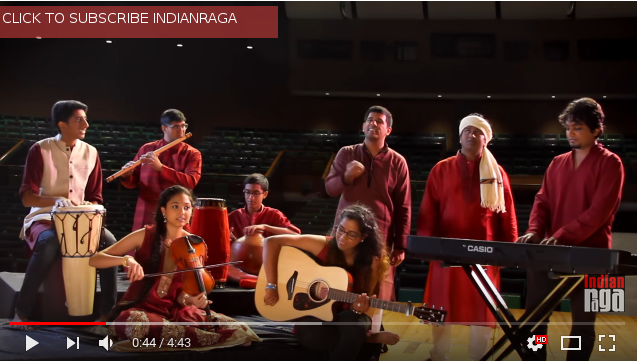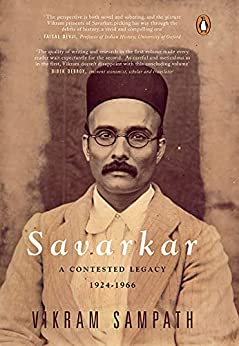
In the last two three years , there have been a number of books authored by Indic writers , not to be mistaken for Indians writing in English. Some people call them right wing, though it doesn’t make much sense to me.
Before going in to Biography of Veer Savarkar by Dr Vikram Sampath ,it is worth going through a brief biodata of the author himself.
Dr Vikram Sampath was raised in Bangalore and completed his schooling at the Sri Aurobindo Memorial School and Bishop Cotton Boys’ School . He was trained in Carnatic Music since the age of five; among his teachers were Jayanthi Kumaresh and Bombay Jayashri. Sampath graduated from BITS Pilani with a degree in Electronics Engineering, and later with a master’s degree in mathematics.
Against the wishes of his professors, who wanted him to pursue a PhD in topology (an avatar of pure mathematics) , he shifted to finance and obtained an MBA in Finance from S. P. Jain Institute of Management and Research. In October 2017, Sampath received a doctorate in ethnomusicology from the School of Music at University of Queensland, Australia.
His first love of music ; and as can be seen from his qualification in Science and Finance, one wonders what motivated him to write about Veer Savarkar , a name that would automatically slot him into Right Wing. A point to note is that his first book was on Wadiyar Dynasty of Mysore, second on Gauhar Jaan who was India’s first classical musician to record on the gramophone and the third was on the life of Veena maestro S. Balachander. The common thread running through all these subjects is the love ‘India that is Bharat’ .
Vinayak Damodar Savarkar or Veer Savarkar is not the kind of household name in our country as Gandhi or Nehru; though it should have been.
Veer Savarkar had founded the Abhinav Bharat , a revolutionary movement in 1904. It was a secret society founded on the lines of Mazzini of Italy towards an armed struggle to win freedom for the country.
He served for 15 years in Andaman and by the time he was interned in Ratnagiri Mahatma Gandhi was already leading the Congress.
Everybody knows , that Indian National Congress was sharply divided into moderates and extremists.
It is the story of moderates we hear; Gandhi, Nehru , Patel and so on. There were contributions from thousands of others who believed in different paths to liberation of their nation . They were great patriots , no doubt, but their stories were given a quiet burials by their own countrymen, as the British did not approve of their methods.
Among extremists , Lala Lajpat Rai , Bal Gangadhar Tilak and Bipin Chandra Pal of the Lal, Bal and Pal fame are known to some extent. Who all have heard of Madan Lal Dhingra ,VVS Iyer, Vanchinathan, Neelkanta Brahmachari,or Thirumalacharya ?

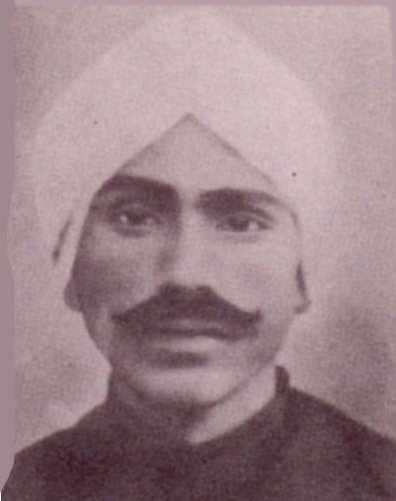 Bharathiyaar always addressed gods and goddesses in very familiar terms; many a time using words of endearment rather than supplication; words like காதல் , மையல் ,மோகம் and so on,that are generally used in love songs. That’s the tone of his poem,”மூன்று காதல் ” or three love affairs. It’s only too apt to talk of these ‘love affairs’ during navaratri celebrations .
Bharathiyaar always addressed gods and goddesses in very familiar terms; many a time using words of endearment rather than supplication; words like காதல் , மையல் ,மோகம் and so on,that are generally used in love songs. That’s the tone of his poem,”மூன்று காதல் ” or three love affairs. It’s only too apt to talk of these ‘love affairs’ during navaratri celebrations .

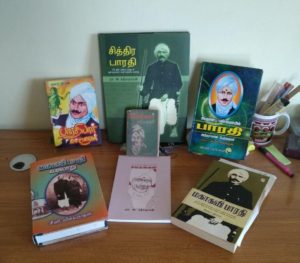 Most of us have come across many of the popular works of Subramanya Bharathi in books, Music albums or Movies. But that gives very little idea of the great man he was , for he was not just a poet but a philosopher, a freedom fighter and a social reformer and most importantly, a thinker far ahead of his times. As a polyglot with a very broad world view , he has also read up a lot on other languages including English and French and has done a lot of translation work. His personality was too multifaceted to be understood through studying a few of his works.
Most of us have come across many of the popular works of Subramanya Bharathi in books, Music albums or Movies. But that gives very little idea of the great man he was , for he was not just a poet but a philosopher, a freedom fighter and a social reformer and most importantly, a thinker far ahead of his times. As a polyglot with a very broad world view , he has also read up a lot on other languages including English and French and has done a lot of translation work. His personality was too multifaceted to be understood through studying a few of his works.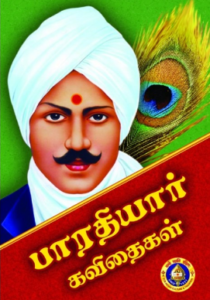 Bharathiyaar was a great nationalist, philosopher and a social reformer far ahead of his times. What most people miss out is that he excelled in romantic poems.
Bharathiyaar was a great nationalist, philosopher and a social reformer far ahead of his times. What most people miss out is that he excelled in romantic poems.  In 1948, the song was first popularized by AVM productions through the golden voice of
In 1948, the song was first popularized by AVM productions through the golden voice of 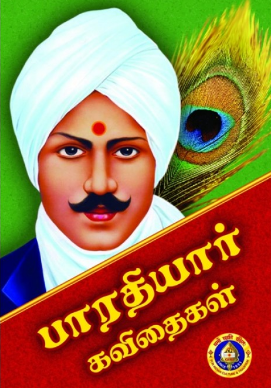
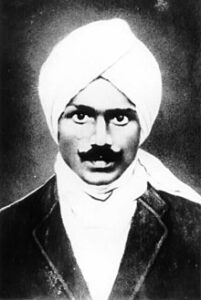 I have always been fascinated by
I have always been fascinated by 